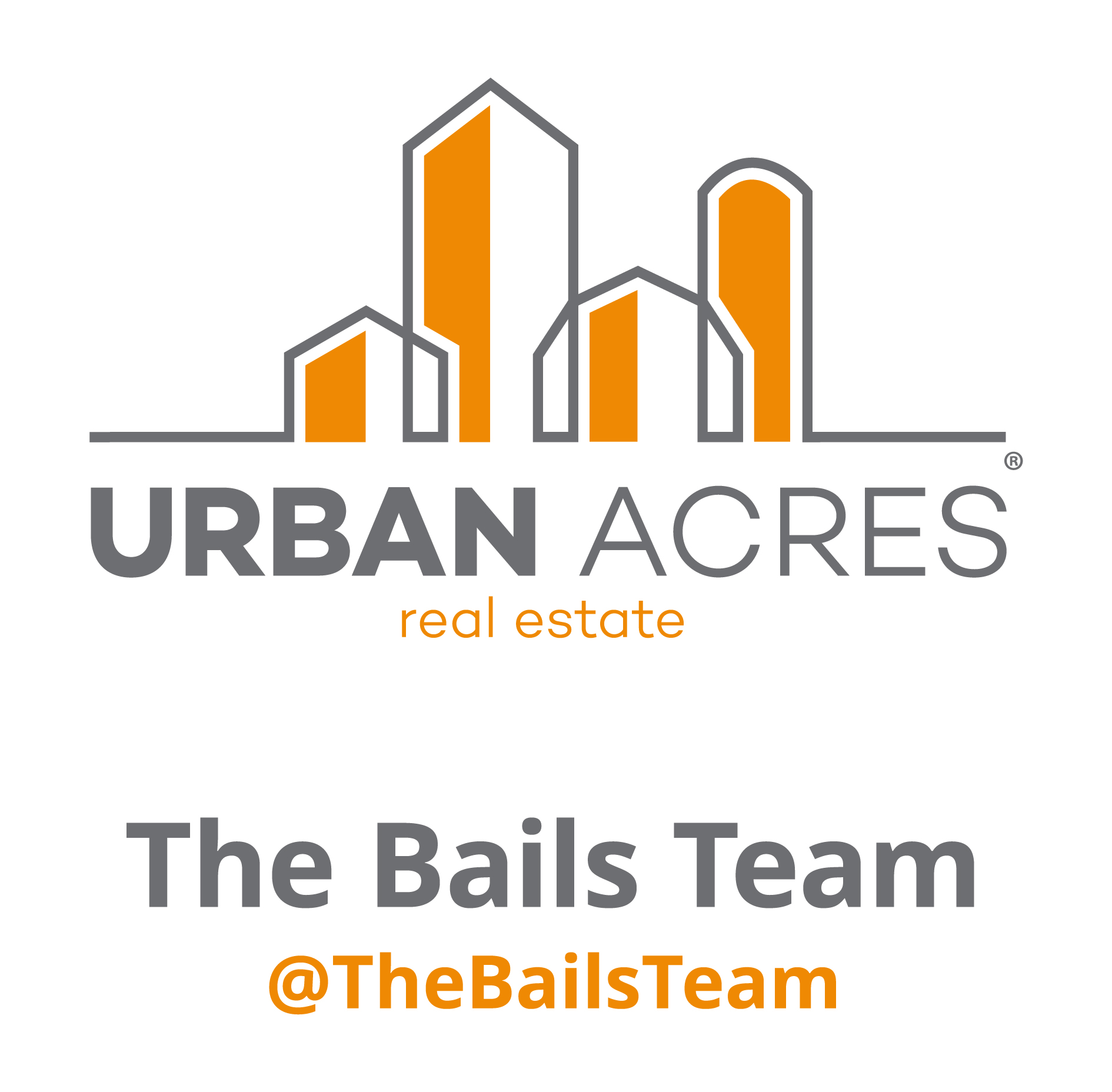Why It’s a Good Thing Homes are Getting Smaller
Why It’s a Good Thing Homes are Getting Smaller
Size matters. And in this case, smaller is a good thing. The recent decline in the size of new single-family homes is actually a sign of economic progress.
The housing recovery cycle has now reached the point of younger consumers expanding the market, and builders offering a wider variety of home sizes to align with an evolving mix of buyer budgets.
Single-family detached homes have long been and continue to be the most desirable type of home for the majority of buyers. But lately they’ve given up a larger share of the market to an increasingly popular alternative that’s often times smaller and less expensive: townhouses.
Jim Clarke, president of Robertson Brothers Homes in Detroit, said that just a few years ago his company wasn’t building any townhomes. But this year, they account for more than 30% of his business.
The reason why is very simple: “Because young people want them,” he said. “We’ll do as many of these projects as we can get our hands on because there’s definitely pent-up demand among millennials for a new home that’s more affordable.”
But according to Clarke, the challenge in addressing the price constraints of millennials is exacerbated by the stringent lending standards of many banks, making it more difficult to build and sell attached homes.
“Despite that disconnect, we’re getting it done,” he said. “Initially, it was mostly through credit unions, but lately, more banks have started to recognize this expanding market by offering the type of loans needed to qualify for these homes.”
Clarke also notes townhouse developments offer some big advantages to the builder, including reduced construction costs compared to detached homes, and additional infill opportunities.
“You can build between 12 and 17 units on a single acre. That means you can buy infill sites that you couldn’t otherwise develop unless you have really expensive housing,” Clarke said.
Even in some of the most expensive housing markets in the country, townhouse communities are as popular as ever. Bob Youngentob, president of EYA, a luxury townhome builder based in suburban Washington, D.C., said the resurgence of first-time buyers isn’t the only thing driving demand.
“There’s also a large portion of older professionals and empty nesters, and they all want many of the same amenities that come with being in an urban location that’s convenient to retail, transit and job centers,” Youngentob said. “But for the builder, the higher costs of land and construction are clearly among the biggest challenges.”
To help counter those costs, Youngetob said EYA focuses on incorporating contemporary designs that make the most efficient use of available space. It also seeks to develop locations that are still “emerging” and therefore more cost effective.
Go to Eye on Housing for more details about the declining size of new single-family homes. NAHB members also have access to a wide variety of resources and reports regarding land development strategy on nahb.org.
The Robertson Brothers’ 37-home Sherman Oaks Development in Royal Oak, Mich., was nearly sold out within a year.



